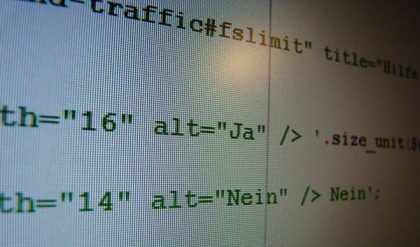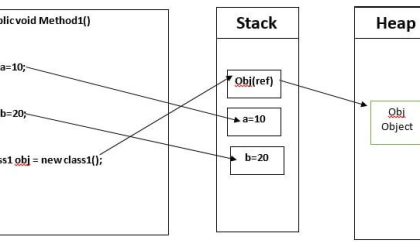The stage, most closely connected with programming, is the implementation stage. At this phase, the program (application) is implemented (written) according to the given task, design and architecture. Programmers participate by writing the program (source) code. The other stages can either be short or completely skipped when creating a small project, but the implementation always presents; otherwise the process is not software development. This book is dedicated mainly to describing the skills used during implementation – creating a programmer’s mindset and building the knowledge to use all the resources provided by the C# language and the .NET platform, in order to create software applications.
Product Testing
Product testing is a very important stage of software development. Its purpose is to make sure that all the requirements are strictly followed and covered. This process can be implemented manually, but the preferred way to do it is by automated tests. These tests are small programs, which automate the trials as much as possible. There are parts of the functionality that are very hard to automate, which is why product trials include automated as well as manual procedures to ensure the quality of the code.
The testing (trials) process is implemented by quality assurance engineers (QAs). They work closely with the programmers to find and correct errors (bugs) in the software. At this stage, it is a priority to find defects in the code and almost no new code is written.
Many defects and errors are usually found during the testing stage and the program is sent back to the implantation stage. These two stages are very closely tied and it is common for a software product to switch between them many times before it covers all the requirements and is ready for the deployment and usage stages.
Deployment and Operation
Deployment is the process which puts a given software product into exploitation. If the product is complex and serves many people, this process can be the slowest and most expensive one. For smaller programs this is a relatively quick and painless process. In the most common case, a special program, called installer, is developed. It ensures the quick and easy installation of the product. If the product is to be deployed at a large corporation with tens of thousands of copies, additional supporting software is developed just for the deployment. After the deployment is successfully completed, the product is ready for operation. The next step is to train employees to use it.
An example would be the deployment of a new version of Microsoft Windows in the state administration. This includes installation and configuration of the software as well as training employees how to use it.
The deployment is usually done by the team who has worked on the software or by trained deployment specialists. They can be system administrators, database administrators (DBA), system engineers, specialized consultants and others. At this stage, almost no new code is written but the existing code is tweaked and configured until it covers all the specific requirements for a successful deployment.
Technical Support
During the exploitation process, it is inevitable that problems will appear. They may be caused by many factors – errors in the software, incorrect usage or faulty configuration, but most problems occur when the users change their requirements. As a result of these problems, the software loses its abilities to solve the business task it was created for. This requires additional involvement by the developers and the support experts. The support process usually continues throughout the whole life-cycle of the software product, regardless of how good it is.
The support is carried out by the development team and by specially trained support experts. Depending on the changes made, many different people may be involved in the process – business analysts, architects, programmers, QA engineers, administrators and others.
For example, if we take a look at a software program that calculates salaries, it will need to be updated every time the tax legislation, which concerns the serviced accounting process, is changed. The support team’s intervention will be needed if, for example, the hardware of the end user is changed because the software will have to be installed and configured again.
Documentation
The documentation stage is not a separate stage but accompanies all the other stages. Documentation is an important part of software development and aims to pass knowledge between the different participants in the development and support of a software product. Information is passed along between different stages as well as within a single stage. The development documentation is usually created by the developers (architects, programmers, QA engineers and others) and represents a combination of documents.
Software Development Is More than Just Coding
As we saw, software development is much more than just coding (writing code), and it includes a number of other processes such as: requirements analysis, design, planning, testing and support, which require a wide variety of specialists called software engineers. Programming is just a small, but very essential part of software development.
In this book we will focus solely on programming, because it is the only process, of the above, without which, we cannot develop software






Comments are closed.